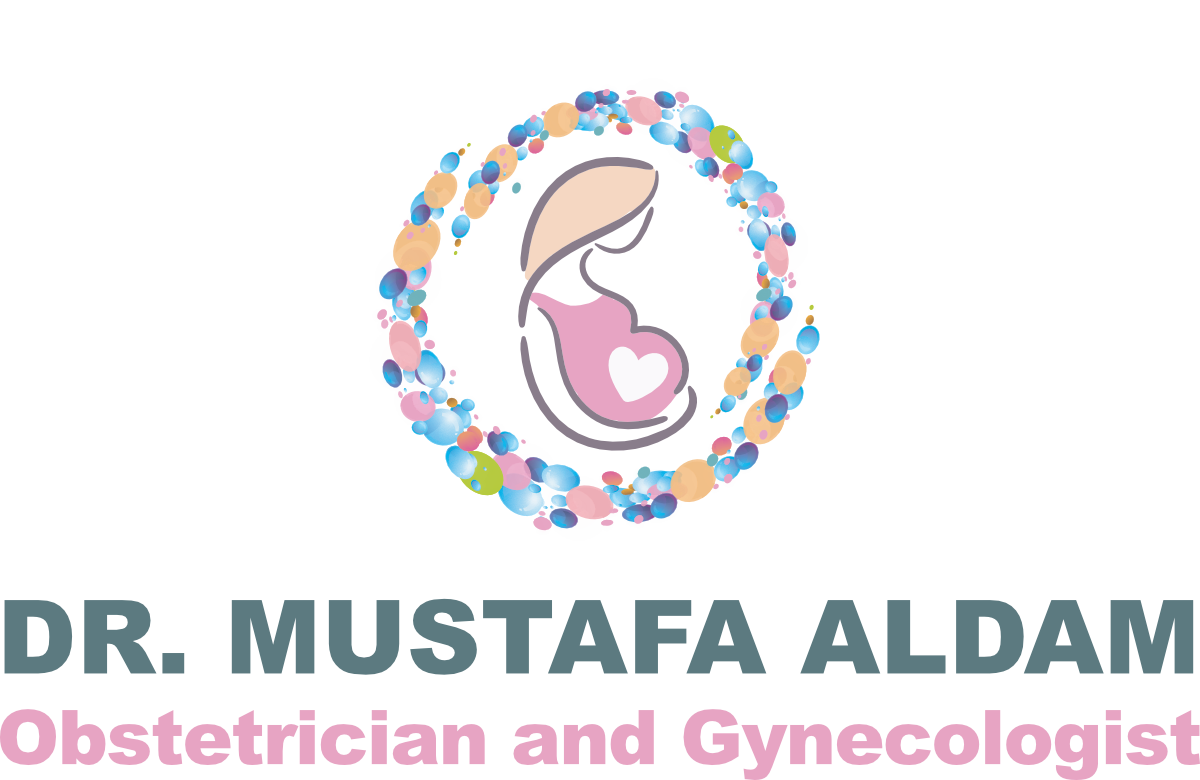What does ovarian cyst pain feel like?

When it comes to women’s health, ovarian cysts are a hot topic, often raising questions and concerns.
One significant concern is understanding how ovarian cysts can cause pain. Knowing what ovarian cyst pain feels like is essential for recognizing and addressing this issue effectively.
In this blog, we will explore the feelings and symptoms associated with ovarian cyst pain, making it easier to understand the experiences of women who face this issue.
What is an Ovarian Cyst, and does it pain?
Ovarian cysts are fluid-filled sacs that form or develop in or around the ovaries, which are the reproductive organs in women. While many ovarian cysts are benign and resolve on their own without symptoms, some can cause pain and other health issues.
Ovarian cyst pain refers to the discomfort or pain that can arise due to the presence of ovarian cysts.
What Does Ovarian Cyst Pain Feel Like?
Ovarian cyst pain can manifest in different ways and may feel like:
Dull Ache or Pressure: Pain associated with ovarian cysts is often characterized as a persistent, dull ache or a feeling of pressure in the lower abdomen and pelvic region. | Sudden, Sharp Pain: Some women experience sudden and sharp pain, especially if the ovarian cyst ruptures or twists. | Menstrual-Related Discomfort: Ovarian cysts are common during menstruation. These cysts often have few symptoms and disappear in weeks or months. |
Many conditions have similar symptoms. If you experience persistent or severe pelvic pain, consult a gynecologist who will review your symptoms and perform necessary testing to diagnose the condition and create a treatment plan.
What is the Ovarian Cyst Pain Location?

Ovarian cyst pain is typically localized in the lower abdomen or pelvic area.
However, the exact location of this pain can differ due to factors like cyst size, type, and location, as well as individual differences in pain perception and anatomy.
In some cases, ovarian cyst pain may radiate to other areas, including the lower back, buttocks, or thighs, making it challenging to pinpoint the exact source of discomfort.
Can Ovarian Cyst Cause Back Pain?

Yes, ovarian cysts have the potential to cause back pain.
When ovarian cysts, especially large ones, exert pressure on nearby structures or cause irritation, they can result in radiating pain in the lower back or lower abdomen.
This pain is usually mild and may come and go. However, if a cyst bursts or ruptures, it can cause more severe and sudden back pain.
It’s worth noting that while ovarian cysts can be a potential cause of back pain, not all instances of back pain are directly attributable to ovarian cysts. Numerous other factors can contribute to back pain, making it important to consult a healthcare provider for a proper evaluation and diagnosis.
What are the Symptoms of Ovarian Cyst?

Ovarian cysts often do not cause symptoms and are typically detected incidentally during routine pelvic exams or imaging studies. However, when symptoms do manifest, they can vary in nature and severity.
Also read: Understanding Ovarian Cyst Removal: How Soon Can You Get Pregnant After The Procedure?
Common ovarian cyst pain symptoms include:
- Sudden and sharp pain or pressure in the lower belly
- Lower back or thigh discomfort
- Having difficulty emptying your bladder
- Weight gain due to sex pain
- Menstrual discomfort
- Breast sensitivity
- Abnormal vaginal bleeding
If you’re experiencing symptoms that are causing you distress or have doubts about your health, it’s always better to consult a gynecologist for a proper evaluation and guidance.
How is an Ovarian Cyst Diagnosed?
Diagnosing ovarian cysts typically involves a combination of medical history, a discussion of physical examination, and various diagnostic tests. The process includes:
|
After confirming the diagnosis, your healthcare provider will determine the most suitable course of action based on the type, size, and symptoms associated with the ovarian cyst.
How are Ovarian Cysts Treated?
Many ovarian cysts resolve on their own and do not require immediate treatment.
In such cases, your doctor may recommend monitoring the cyst over several menstrual cycles. Monitoring involves periodic ultrasound scans to check for any changes in size or appearance.
When a cyst causes symptoms, the following treatments may be recommended:
|
Early detection and appropriate management can lead to successful treatment and improved health outcomes for most women with ovarian cysts.
Also Read: Fibroids vs cysts – How are they detected?
Consult Dr Mustafa Aldam for Ovarian Cyst Treatment in Dubai
Dr. Mustafa Aldam is a highly experienced obstetrician and gynecologist in Dubai. With his diverse expertise, he assists in the apt diagnosis and treatment of ovarian cysts.
Dr. Mustafa closely monitors growing benign tumors during treatment, and in cases of large, symptomatic, or potentially cancerous cysts, he may recommend surgical removal.
If you’re experiencing symptoms related to ovarian cysts or have concerns about your gynecological health, don’t hesitate to schedule an appointment with Dr. Mustafa Aldam for a thorough evaluation and expert guidance.
